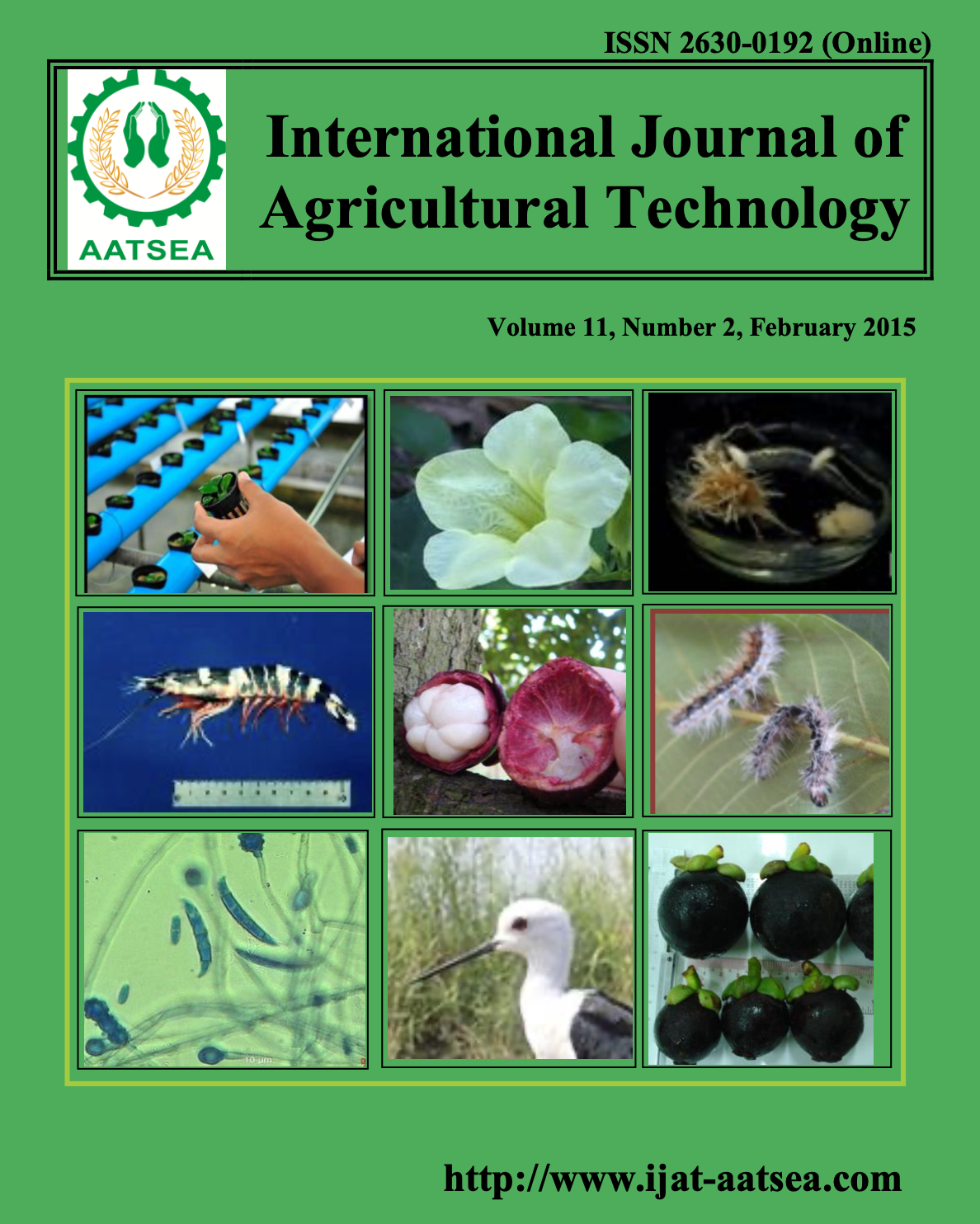Assessment of veterinary needs in municipalities of the third district of Cagayan: A benchmark survey for extension
Main Article Content
Abstract
The study was generally conducted to generate information in extension services particular in Veterinary Medicine practices at the seven municipalities of District III of Cagayan. The benchmark survey utilized formulated questionnaires randomly distributed to 384, 378, 373, 383, 391, 388 and 395 (95% CI) household respondents from different barangays of Amulung, Enrile, Iguig, Penablanca, Solana, Tuao and Tuguegarao respectively. The household respondents served as the representative samples for the study and the source of the first-hand information for the bench mark survey. All data gathered were collated and analyzed descriptively. Results revealed that 62% of the respondents were aware of the health status of their animals. Seventy one percent (71%) could clearly recognize ill animals yet preferred to resort on other medication and herbal plants (54%) and do self- prescription (28%) rather than go to a veterinarian for advice and consultation. Fifty four (54%) attested that there are regular programs implemented in their community with vaccination (52%) and deworming (39%) as the primary services encountered. Fifty four percent (54%) claimed to have witnessed seminars conducted by other agencies with rabies (57%) as the main issue. Sixty three percent (63%) of the attendees asserted that services had regularly been followed-up by the implementers. Vaccination (37%) still remains to be the main concern and assistance needed by the respondents. As a result of the study, household respondents are very much dependent with the observed repeated activities implemented by some agencies yet remain to be uncertain with their responses and demands. Conclusively, it is apparent that lapses occur in the dissemination of information’s that are made critical to the understanding of the community. Strong participation of veterinarians and technical experts should therefore be better emphasized in the program of activities in the community development and a continuing basis to keep tract of unknown barriers that may have caused the failures in implementation.
Article Details

This work is licensed under a Creative Commons Attribution-NonCommercial-NoDerivatives 4.0 International License.
References
Abila, R. C. (1997). The Philippine animal health information system. Proceedings of Epidemiology Program, 10th FAVA Congress. University of Queensland, Brisbane, pp. 127-130.
Anonymous 1 (2010). National statistics office census of population and housing 2010.
Anonymous 2 (2010). Bureau of animal statistics record of 2010.
Dohoo, I. R. (1993). Preventive medicine: monitoring livestock and production: service- epidemiologists last frontier. Amsterdam: Elsevier Science Publishers B.V. 8:43-52.
Ellis, P. R. (1993). Information systems in disease control programs. In Coplad, J. W., Gleeson, L. J. and Chamnanpood, C. (Eds). Diagnosis and Epidemiology of Foot and Mouth Disease in SouthEast Asia. ACIAR, Canberra. pp. 111-115.
Kennedy, D. (2000). Epidemiologic skills in animal health.
MPDC (2002). Municipal comprehensive land use plan. Municipal planning and development committee, local government unit of Cagayan.
Pacardo, E. P., Briones, N. D., Buot J. I. E., Castillo, L. V. and Rebancos, C. M. (2002). Protected lanscape and seascope. Protected Area and Wildlife Division- Department of Environment and Natural Resources Region 2 and Conservation International Philippines, Tuguegarao City.


